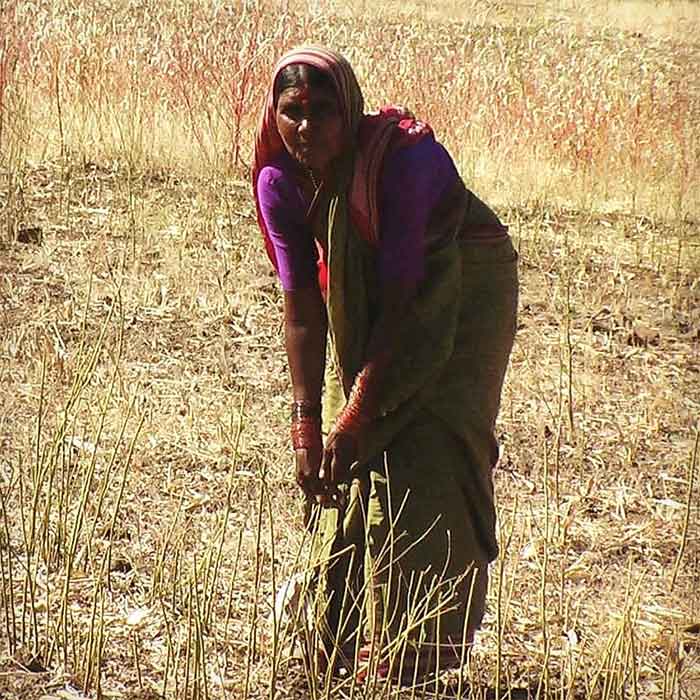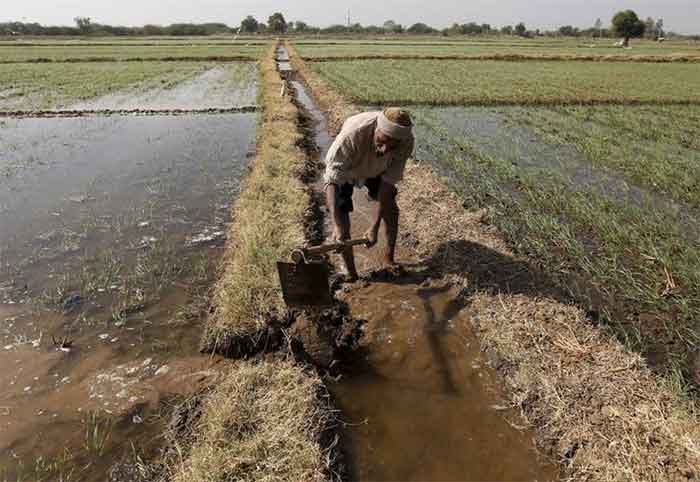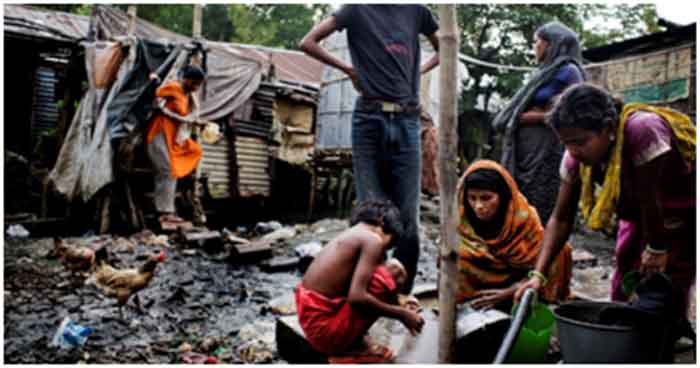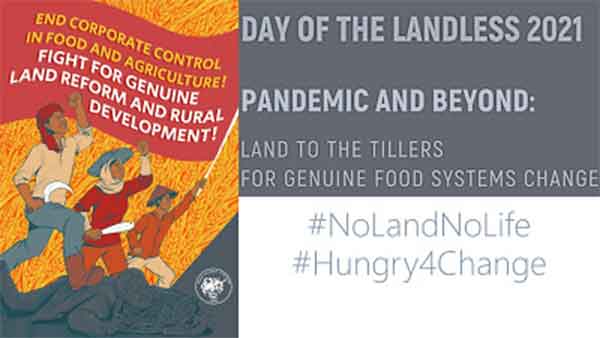
Landowning farmers ( kisans) present the most visible face of India’s villages, and most of the discussion is in their context. However a very important aspect of rural India seldom emphasized is that there are more landless peasants and workers ( bhumiheen) in villages of India than landowning farmers.
Several landless farm workers have belonged traditionally to the most marginalized communities, while others have lost land in more recent times due to several factors. They are now employed mostly as farm workers and casual workers in the village or its nearest town, or else they migrate in groups to work in distant places in very uncertain conditions.
As they do not have any farmland to grow any food of their own they have the least food security in villages. During COVID lockout times also they suffered the most as they had to return home to villages after losing whatever employment they had in cities. Taken as a group, the rural landless constitute the largest segment of population most affected by poverty and hunger.
The latest census data for the year 2011 tells us that a total of 263 million persons are involved in farming activities. Out of this only 119 million are land-owning farmers while 144 million are landless workers and peasants. Counting children and non-working elderly people as well, rural landless households in India are likely to have total numbers of over 500 million .
The number of landless rural households is significantly higher than that of land-owning households. In the previous census of 2001 only 107 million landless farm workers were counted, which means that within a decade their number increased by 37 million ( from 107 to 144 million) , a huge increase.
Due to increasing mechanization of farm work employment opportunities in farming are shrinking for them. Hence landless rural men, and to a lesser extent women, are increasingly seeking more work in nearby mines, quarries, construction and industrial sites, often leaving early in morning and returning in night. Many others are perhaps trying to earn more income now from work as migrant laborers, working in distant farms, mines, brick-kilns and construction sites, leaving for long seasons of work and returning home for shorter periods.
Whether in home villages or in migration, their work is almost entirely outdoor work which is becoming increasingly more difficult and stressful in increasing heat wave conditions of global warming. This needs adjustments in work hours and better facilities which are not becoming available in most cases.
As the number of rural landless have increased at a fast pace, the only significant national-level response in recent decades has come in the form of MGNREGA ( Mahatma Gandhi National Rural Employment Guarantee Act) . While the previous UPA government deserves all credit for enacting this legislation and giving it an important place, the actual budgetary allocations made for the scheme were not adequate.
Once the NDA regime led by Narendra Modi took over, initially the scheme was criticized but soon better sense prevailed and the scheme was retained. However still it could never get adequate budgetary support, despite the temporary rise in allocation as a part of COVID relief.
The corruption-ridden implementation has further limited benefits to the poorest landless to such an extent that many of them have lost faith in this. At the same time where this has been implemented well, this has given a lot of real hope and provided a model of rural livelihood support from which several other countries can also benefit. There should be a widespread campaign for strengthening and expanding this scheme.
In addition the concept of a minimum land holding for all rural households should be emphasized. This may be only a small holding but if supported by water and moisture conservation/minor irrigation and cultivated in low-cost ways using agro-ecology approach, this can provide a reliable base of food security.
Now it is often stated that land is just not available for distribution among the poor, but we also see that huge land is always available for big business interests and the entire government machinery helps in facilitating this. In addition a lot of village land is also passing into the hands of urban rich people and moneylenders. It seems that in the present balance of power in India rural land is available for all except those who need this the most and deserve this the most ( rural landless peasants and workers)!
The excuse of non-availability is given only when it is a question of finding land for the landless. So this excuse should not be accepted and the country should move in the direction of providing some land for the landless and a minimum land holding for all rural households.
Earlier till the 1980s India was implementing land ceiling laws under which the farmland above a certain limit was to be acquired for distribution among the landless. Although this was implemented only in a very weak way, still the potential for redistribution of land among the poorest landless households could be seen. Such efforts have stopped since the 1990s but can be revived.
Once those who are landless now can get some land, they should follow the agro-ecology approach to cultivate their small farms. The government should extend a strong helping hand to boost water conservation and minor irrigation in a big way.
However the government has so far kept away from such land reforms during the last three decades, and so the yearning for farmland must be backed by much higher levels of mobilization and unity on the part of the rural landless, overcoming various divisions based on narrow identities. Women peasants and workers should be an important part of such mobilization. This mobilization should get important support from the international solidarity movement as well as from the media and academic community.
Bharat Dogra is Honorary Convener, Campaign to Save Earth Now. His recent books include A Day in 2071, Man over Machine and India’s Quest for Sustainable Farming and Healthy Food.














































